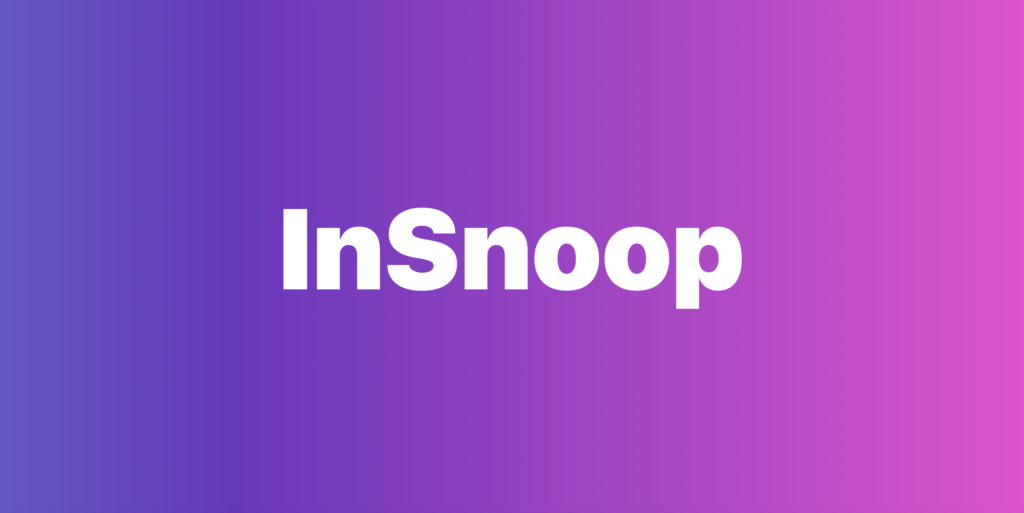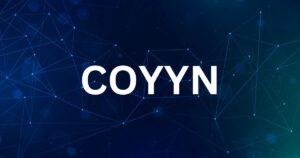
Insnoop,In today’s fast-paced digital world, we constantly encounter new tools, trends, and terminologies that shape our interactions with technology. One such intriguing term that has been making waves recently is “Insnoop.” While it might sound like a catchy buzzword, there is much more to it than meets the eye. This article will unravel the concept of “Insnoop,” exploring its meaning, applications, and impact on various aspects of modern life.
At its core, “Insnoop” represents a blend of curiosity and observation, particularly in the context of data, technology, and analytics. It hints at the ability to investigate, monitor, or analyze information in ways that can be insightful and transformative. Whether you’re a tech enthusiast, a business owner, or just someone looking to stay informed, understanding “Insnoop” is essential in today’s data-driven world.
So, what exactly is “Insnoop,” and why is it gaining attention? Let’s dive in and find out.
What Does “Insnoop” Mean?
The Origin and Etymology of “Insnoop”
The term “Insnoop” combines two distinct ideas: “in” and “snoop.” The word “snoop” traditionally refers to the act of prying or investigating, often in a discreet manner. When combined with “in,” it suggests delving deeply into something, usually to gather information or insights.
While the exact origin of the term is unclear, it has quickly evolved into a broader concept used in both casual and professional settings. Unlike its negative connotations of spying or intrusion, “Insnoop” today is associated more with curiosity, exploration, and intelligent observation.
The Modern Definition
In modern usage, “Insnoop” refers to the practice of observing or analyzing data, trends, or activities to uncover meaningful patterns or insights. It is not limited to individuals but extends to tools, platforms, and systems designed for monitoring and data collection.
For example, businesses might use “Insnoop” strategies to study customer behavior, while cybersecurity experts rely on it to detect potential threats. In essence, “Insnoop” is about harnessing the power of observation to make smarter decisions.
Popular Contexts Where “Insnoop” Is Used
From social media analytics to market research and cybersecurity, “Insnoop” finds applications in diverse areas. It’s used to:
- Track user engagement online.
- Analyze consumer preferences and buying patterns.
- Monitor network activity for suspicious behavior.
- Enhance competitive intelligence through detailed data studies.
As we explore deeper, we’ll see how this versatile concept fits into today’s technological landscape.
How “Insnoop” Works in Practice
Tools and Technologies Behind “Insnoop”
At the heart of “Insnoop” lies a range of tools and technologies designed to collect, analyze, and interpret data. These tools include:
- Data Analytics Software: Platforms like Google Analytics and Tableau help businesses track and interpret data trends.
- Monitoring Tools: Software such as Nagios and Wireshark allow IT professionals to monitor network traffic and detect anomalies.
- Social Media Tracking Tools: Applications like Hootsuite and Sprout Social help track social engagement and sentiment analysis.
These technologies enable users to “snoop” into datasets and uncover insights that might otherwise remain hidden.
Ethical Considerations
One key aspect of “Insnoop” is ensuring ethical use. While collecting data can be incredibly powerful, it also raises questions about privacy and consent. Businesses and organizations must prioritize transparency and follow legal frameworks like GDPR and CCPA to protect user data.
By maintaining ethical standards, “Insnoop” can be a force for good, promoting innovation without compromising individual privacy.
Practical Applications
Businesses use “Insnoop” to:
- Optimize marketing strategies based on user behavior.
- Enhance security by identifying unusual patterns in data.
- Improve customer service through sentiment analysis.
These practical applications demonstrate how “Insnoop” can deliver tangible benefits when used responsibly.
The Role of “Insnoop” in Modern Businesses
Enhancing Decision-Making
Modern businesses thrive on data-driven decisions, and “Insnoop” plays a pivotal role in providing the insights needed to make informed choices. By analyzing customer interactions, sales trends, and market behaviors, companies can tailor their strategies for better outcomes.
For example, an e-commerce platform might use “Insnoop” to study user navigation patterns and optimize its website layout to improve conversions. This data-backed approach reduces guesswork and boosts efficiency.
Competitive Intelligence
Staying ahead of the competition requires knowing what others are doing. “Insnoop” enables businesses to monitor competitors’ activities, from pricing strategies to marketing campaigns. Tools like SEMrush and SpyFu make it easier to track keyword rankings, ad performance, and online visibility.
By leveraging these insights, businesses can refine their strategies and maintain a competitive edge.
Customer Insights
Understanding customers is the key to long-term success. “Insnoop” allows businesses to dig deep into customer preferences, feedback, and purchasing habits. By analyzing this data, companies can:
- Personalize marketing campaigns.
- Develop products that meet customer needs.
- Improve customer satisfaction and retention.
This customer-centric approach ultimately drives growth and loyalty.
“Insnoop” and Cybersecurity
Protecting Digital Assets
Cybersecurity is one area where “Insnoop” truly shines. With the increasing frequency of cyberattacks, businesses and organizations need advanced tools to detect and prevent breaches. “Insnoop” technologies help monitor network traffic, identify vulnerabilities, and respond to threats in real time.
For instance, intrusion detection systems (IDS) and security information and event management (SIEM) platforms are commonly used to “Insnoop” into network activity and flag suspicious behavior.
Threat Detection and Prevention
Cybersecurity professionals rely on “Insnoop” techniques to:
- Detect unusual login attempts.
- Monitor data transfers for anomalies.
- Analyze malware patterns to predict future attacks.
These proactive measures significantly reduce the risk of security breaches and data loss.
Privacy Concerns
While “Insnoop” is beneficial for security, it also raises concerns about privacy. Organizations must balance the need for surveillance with respect for individual rights. Clear policies, consent agreements, and encryption technologies help address these concerns.
Future Trends in “Insnoop”
AI and Machine Learning Integration
The future of “Insnoop” lies in artificial intelligence (AI) and machine learning (ML). These technologies enhance data analysis by automating pattern detection and predictive modeling. AI-driven “Insnoop” tools can process vast datasets quickly, uncovering trends and insights that humans might miss.
Real-Time Analytics
As businesses move toward real-time decision-making, “Insnoop” tools are evolving to deliver instant insights. This capability is particularly valuable in fields like finance and e-commerce, where timing is critical.
Ethical AI Development
With growing concerns about AI ethics, future “Insnoop” technologies will likely focus on transparency and accountability. Developers are working on algorithms that minimize bias and promote fairness, ensuring responsible data use.
Conclusion
The concept of “Insnoop” is more than just a buzzword—it’s a powerful approach to understanding and utilizing data in meaningful ways. From business intelligence to cybersecurity and AI-driven analytics, “Insnoop” has the potential to transform industries and improve decision-making.
However, with great power comes great responsibility. Ethical considerations, data privacy, and transparency must remain at the forefront to ensure “Insnoop” is used for positive purposes.
As technology continues to evolve, so will the methods and tools associated with “Insnoop.” Whether you’re a business owner, IT professional, or data enthusiast, staying informed about these developments will keep you ahead of the curve.
So, the next time you hear someone mention “Insnoop,” you’ll know exactly what it means—and why it matters.



